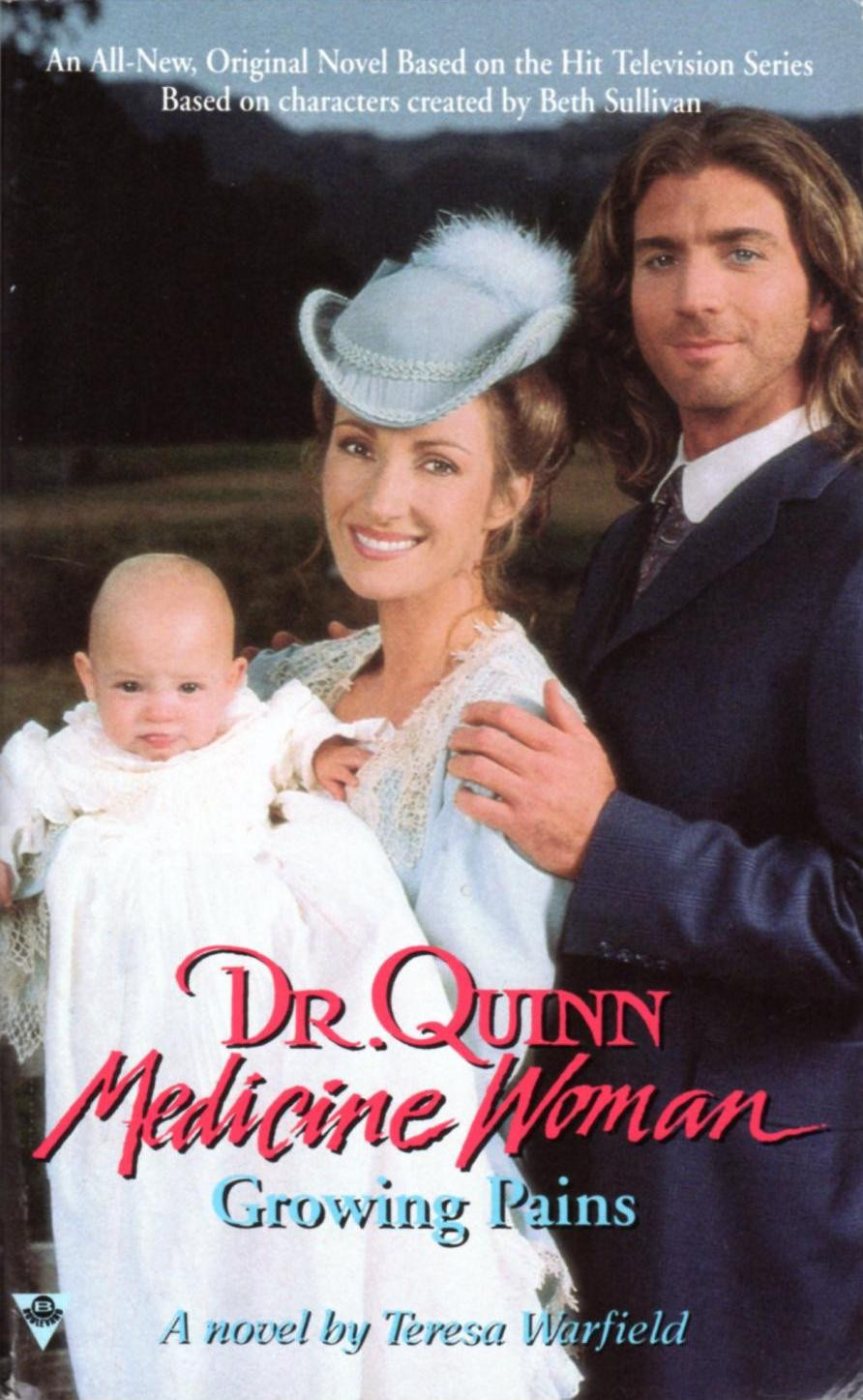Book reviews are subjective, and as a dedicated follower of the Dr. Quinn, Medicine Woman series, my rating for Dr. Quinn, Medicine Woman: Growing Pains by Teresa Warfield comes from a place of deep appreciation for the source material. While novelty novels based on beloved TV shows can be a treat for fans, this particular installment unfortunately misses the mark in several key areas.
As a self-proclaimed DQMW superfan, discovering this series of novels was exciting, albeit a bit late to the party. Dr. Quinn, Medicine Woman: Growing Pains is the third in the series, and it’s clearly crafted for those already familiar with the world and characters of the Dr. Quinn television show. Author Teresa Warfield often assumes a pre-existing knowledge, dropping characters into the narrative without extensive introductions or physical descriptions, which might leave newcomers feeling lost.
While I enjoyed the first novel in this Dr. Quinn Medicine Woman series, it focused on Michaela Quinn’s backstory in Boston, before her move to Colorado Springs and the events of the TV show. This prequel approach allowed the author considerable creative freedom to invent characters and events without directly contradicting established canon. The fewer constraints from the original storyline, the more room there is for imaginative additions that still feel true to the spirit of the show. That initial novel, despite some weaknesses, successfully translated the essence of Dr. Quinn from screen to page, offering a complementary narrative.
However, Growing Pains faces challenges that unfortunately detract from the reading experience. It struggles to maintain consistency with the established details and character nuances that are crucial to the Dr. Quinn, Medicine Woman universe.
 An old-fashioned television showcasing the Dr. Quinn, Medicine Woman series
An old-fashioned television showcasing the Dr. Quinn, Medicine Woman series
My primary concern is that the author seems to lack a comprehensive familiarity with the Dr. Quinn, Medicine Woman television series, particularly when depicting well-known, recurring characters. Effective fanfiction, or in this case, official novelizations, should expand upon the foundation of the original story. It should serve as a natural extension, enriching the existing narrative rather than conflicting with it through factual errors or mischaracterizations.
Small discrepancies, while noticeable, are less impactful. For instance, Dorothy, the town’s newspaper editor, is repeatedly described pulling a notepad from her pocket to jot down notes for the Gazette. Devotees of the Dr. Quinn Medicine Woman series will recall Dorothy’s ever-present memo book hanging from a string around her neck in the show. Similarly, the portrayal of Michaela and Sully’s daughter, Katie, as a more verbally advanced toddler than she was at this stage in the TV timeline is a minor deviation.
However, a more jarring note is struck when a townsfolk character shouts “Dr. Quinn!” during an emergency. It’s a firmly established and endearing quirk of the show that the townsfolk, when seeking help from their unconventional female doctor, call out, “Dr. Mike!” This small but significant detail is a recurring element throughout the Dr. Quinn Medicine Woman series, and its absence here feels like a missed opportunity to capture the authentic voice of the show.
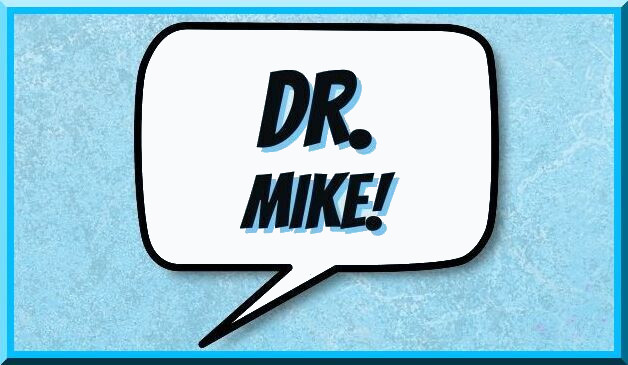 A speech bubble that says, Dr. Mike!, a common call for Dr. Michaela Quinn in the series
A speech bubble that says, Dr. Mike!, a common call for Dr. Michaela Quinn in the series
Another instance of inconsistency arises with Reverend Johnson. It takes multiple appearances before the book acknowledges his blindness, a defining characteristic of the character in the Dr. Quinn Medicine Woman series. Initially, it seems like an oversight, and in one instance, the Reverend even describes a newcomer as having “a kind face,” further suggesting a momentary lapse in portraying his visual impairment accurately.
The backstory of the Gold Nugget hotel also deviates from established canon. In the novel, Hank Claggerty recounts panning for gold with Jake Slicker, the mayor/barber, and discovering the nugget that led to their hotel venture. However, in the Dr. Quinn Medicine Woman series, Jake inherits the gold nugget from his father, who suffers from dementia. While it’s possible Hank is embellishing the story, the author’s portrayal of Hank’s character overall makes it difficult to interpret this as intentional deception rather than another factual inaccuracy.
 A Gold Nugget, representing the Gold Nugget Hotel from the Dr. Quinn series
A Gold Nugget, representing the Gold Nugget Hotel from the Dr. Quinn series
This brings us to perhaps the most significant mischaracterization: Hank Lawson, known as Hank Lawsenstrom in full, is inexplicably referred to as “Hank Claggerty” throughout the book. This repeated name change, coupled with other character alterations, suggests a fundamental misunderstanding of a key figure in the Dr. Quinn Medicine Woman series.
In the television show, Hank Lawson is the somewhat morally ambiguous owner of The Gold Nugget, a hotel and saloon offering both lodging and less reputable “entertainment.” He’s portrayed as laid-back yet quick-tempered, smug, and openly boastful about his business, which includes prostitution. His relationship with “his girls” is complex and layered, and his establishment’s offerings are a deliberate contrast to the more refined hotel run by Preston Lodge.
 An old-fashioned hotel with red and white awnings, reminiscent of hotels in Dr. Quinn's Colorado Springs
An old-fashioned hotel with red and white awnings, reminiscent of hotels in Dr. Quinn's Colorado Springs
The novel’s attempt to reform Hank, depicting him as having abandoned the saloon and his girls for respectability due to the town’s growth, feels deeply uncharacteristic. Such a dramatic life change would require a monumental, likely devastating, event for Hank, especially considering that even the presence of his son and Nana weren’t enough to instigate a similar transformation in the Dr. Quinn Medicine Woman series. His intricate relationship with Myra, a former prostitute, alone highlights that “respectability” would be an insufficient motivation for such a complete lifestyle overhaul. The book simply misses the nuanced depth of Hank’s established character.
Further compounding this misrepresentation, the book depicts Michaela’s son Brian working for Hank after school, and Hank planning to play football with Brian and other boys. While “Mr. Claggerty” might engage in a midday ball game with children, it’s utterly incongruous with the established persona of Hank Lawson from the Dr. Quinn Medicine Woman series.
 A red, old-fashioned schoolhouse, typical of the era depicted in Dr. Quinn, Medicine Woman
A red, old-fashioned schoolhouse, typical of the era depicted in Dr. Quinn, Medicine Woman
Brian’s subsequent grudge against Hank for missing the football game and Michaela’s cold reaction, even shutting the clinic door on Hank, feel equally out of character. While Brian would naturally be disappointed, a prolonged cold shoulder and quitting his job over a missed playdate seems excessive for his mature and values-driven personality in the Dr. Quinn Medicine Woman series. Similarly, Dr. Mike, while protective of her children, is unlikely to become petty or overly angered by a broken playdate, especially considering Brian’s age and experiences.
The novel’s disproportionate focus on minor comedic plot points, such as the football game, a wayward goat, stinky hair tonic, and telegraph operator Horace’s baffling velocipede, detracts from the potential for deeper storytelling.
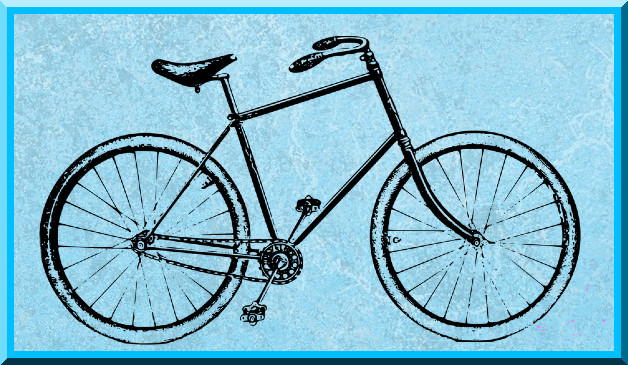 A drawing of a velocipede, similar to the early bicycles in Dr. Quinn's era
A drawing of a velocipede, similar to the early bicycles in Dr. Quinn's era
The velocipede storyline is particularly jarring for fans of the Dr. Quinn Medicine Woman series because Sully already owns one, a gift from Michaela and the children years prior. Brian and Anthony are both familiar with and even ride the velocipede on the show. The book’s premise that the velocipede is a completely novel and baffling invention for the town contradicts established continuity and consumes valuable narrative space.
By dedicating excessive time to these lightweight comedic elements and a weak, underdeveloped romance, the novel neglects more significant storylines that resonate with the core themes of Dr. Quinn, Medicine Woman. Michaela’s challenging experiences as a doctor in a frontier town and Sully’s internal conflict regarding the town’s growth and its impact on his Native American friends, including Cloud Dancing, are relegated to the sidelines and resolved too hastily. While the novel aims to depict the “growing pains” of Colorado Springs, the most compelling sources of pain are superficially addressed.
 Buildings in a Western town: a general store, a hotel, and a saloon, setting the scene for Dr. Quinn, Medicine Woman
Buildings in a Western town: a general store, a hotel, and a saloon, setting the scene for Dr. Quinn, Medicine Woman
Stylistically, the writing often states the obvious and repeats information, giving the impression of being geared towards a younger audience. Additionally, the narrator’s overuse of “damn” as an intensifier in Hank’s sections, while attempting to capture his voice, becomes repetitive and loses its impact.
While this review is longer than my usual book critiques, my enduring passion for Dr. Quinn, Medicine Woman, a series I’ve cherished since 1993, compelled me to offer a thorough evaluation of this reading experience.
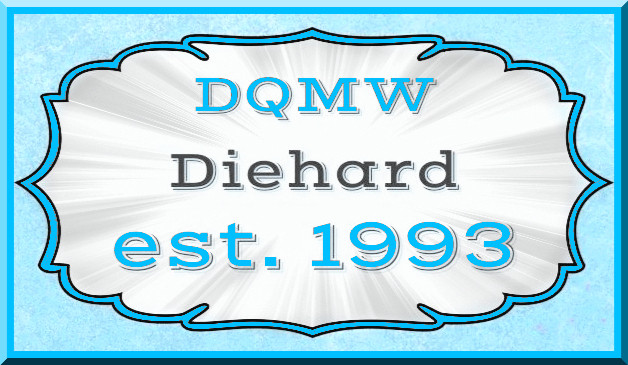 A mirrored plate that says, D Q M W Diehard, established 1993, showcasing dedication to Dr. Quinn, Medicine Woman
A mirrored plate that says, D Q M W Diehard, established 1993, showcasing dedication to Dr. Quinn, Medicine Woman
Despite these criticisms, my superfan perspective isn’t entirely regretful about reading Growing Pains. It provides an interesting glimpse into how the publishing industry intersected with the popularity of Dr. Quinn, Medicine Woman during its peak.
A Note for Readers: This book includes a discreet, non-explicit bedroom scene between a married couple.
For further reading, you can check out my review of the first novel in the series, Dr. Quinn, Medicine Woman.
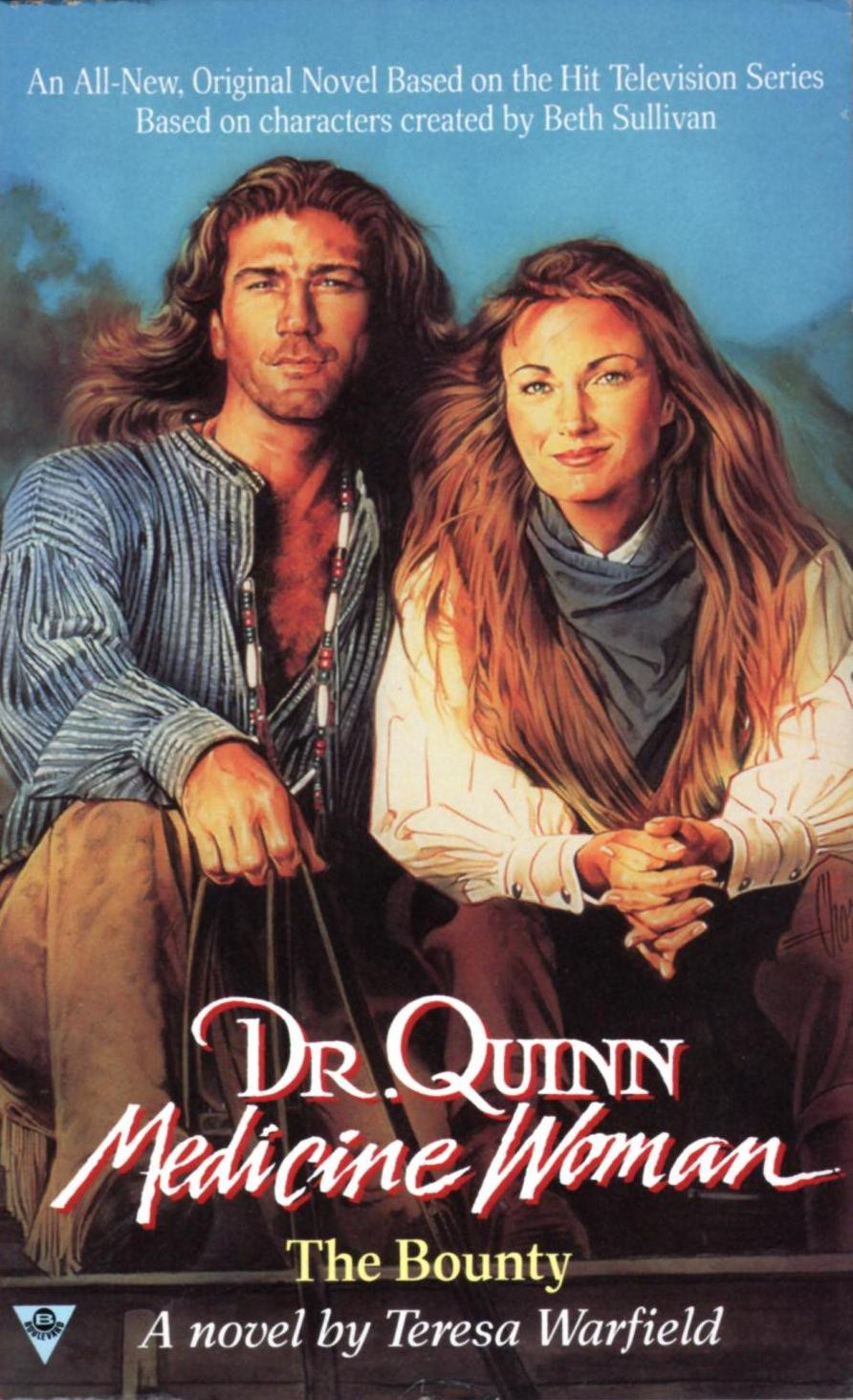
[

